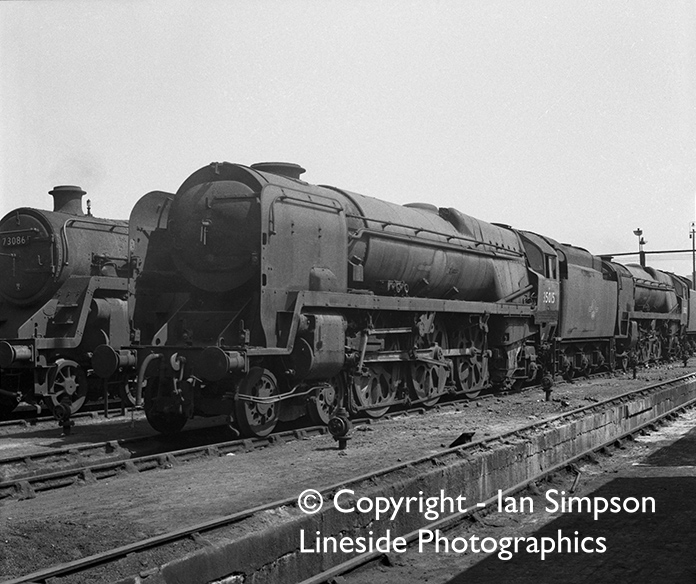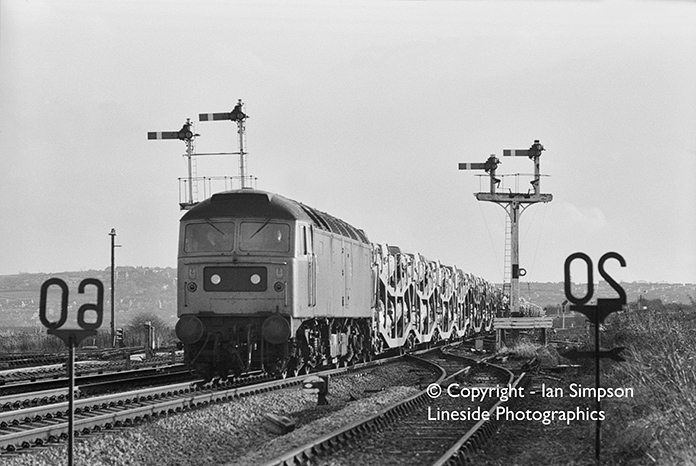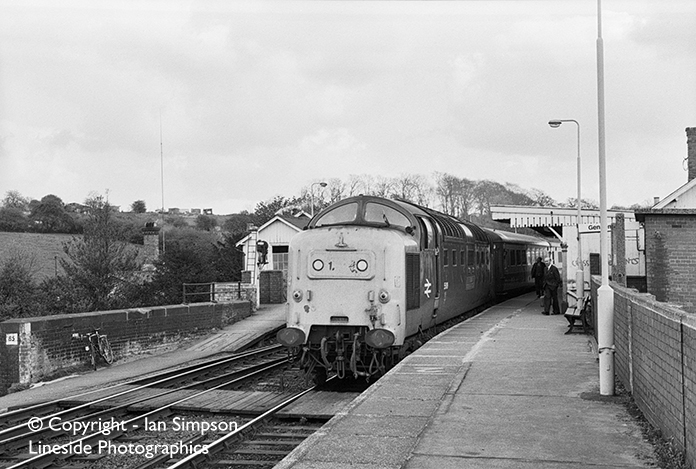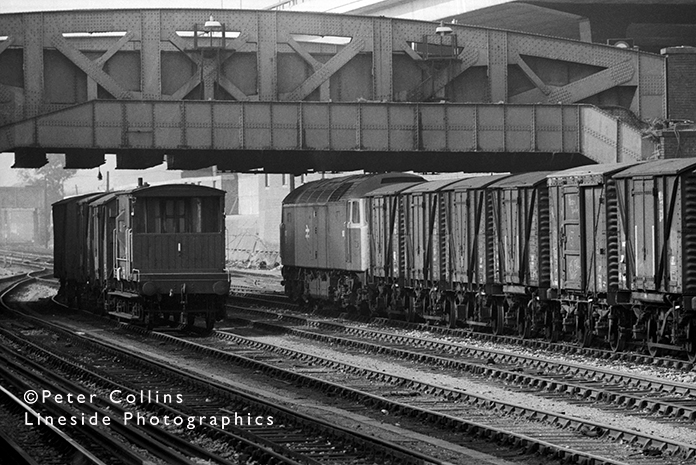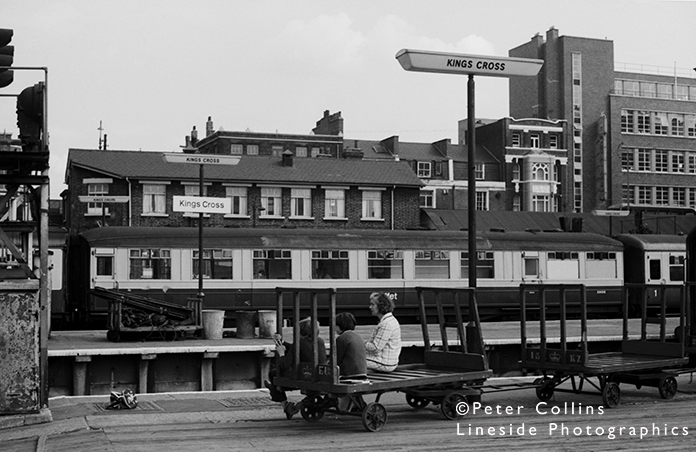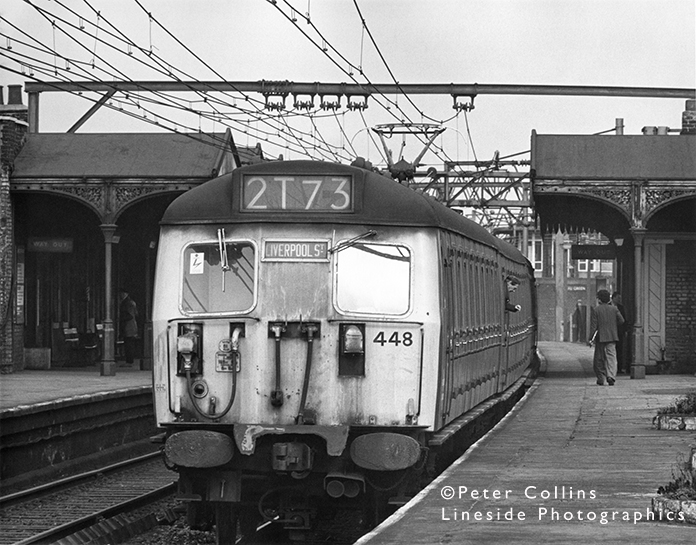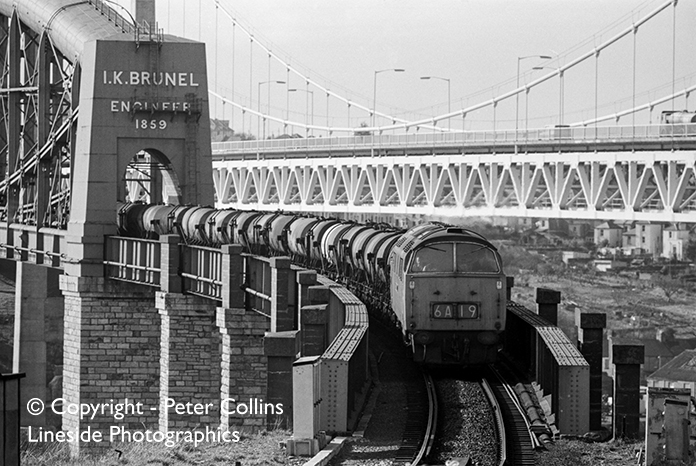
A crisp spring Sunday in 1973 sees a Western Class 52 diesel hydraulic idle off Brunel’s superb Saltash bridge as it heads the daily Penzance to Kensington milk train out of Cornwall into Devon and along the sinuous section of the GWR on the way to Plymouth and beyond.
The Westerns were withdrawn on 28th February 1977, 40 years ago!
The Diesel Hydraulic Westerns were withdrawn 40 years ago today. They had developed a following somewhat similar to steam engines that had been withdrawn only 10 years earlier, and were the first of the express diesel engines to be superseded by the High Speed Train (HST).
I’m not sure I ever saw a Western before withdrawal, as the Deltics were my thing living in East Anglia; but I’ve got a soft spot for them having seen them in preservation. They seemed to rekindle the spirit of trainspotting and railway enthusiasm which had died somewhat after steam, probably because like steam engines they were kept in a decrepid state towards the end of their working lives.
Peter Hutchinson managed to take some evocative shots of the class when they still held sway on the Western Region, and his shots will be uploaded soon to the Lineside Photographics website.
Peter’s shot of this Western heading the daily milk train out of Cornwall towards London embodies everything about the Western Region; Brunel’s iconic Saltash Bridge, the Western Region’s decision to go it alone with diesel-hydraulic traction and a milk train. Whilst the bridge still stands, and some Westerns were preserved, the milk train is from a bygone age, replaced by articulated lorries.
The Westerns really started the new-age of enthusiasts ‘bashing’ trains, the Deltics quickly followed and then it was the Class 40s and Class 37s which seemed to be the last of the old-guard of BR diesels with a cult following. Oh for it to be 1977 again!






